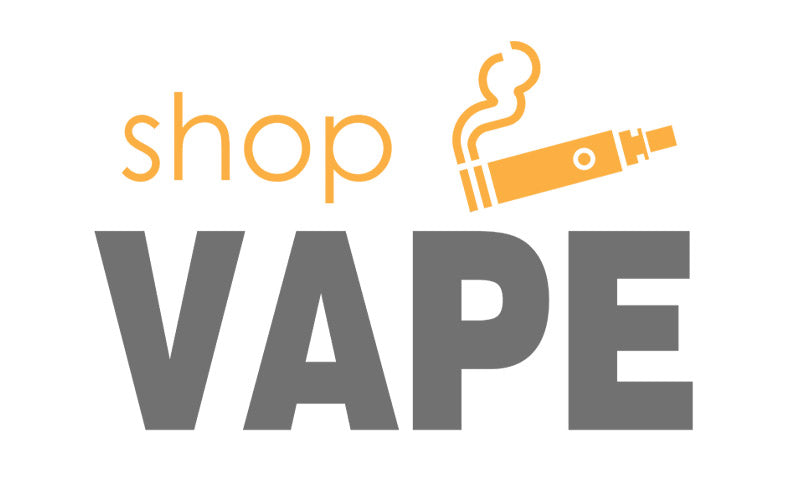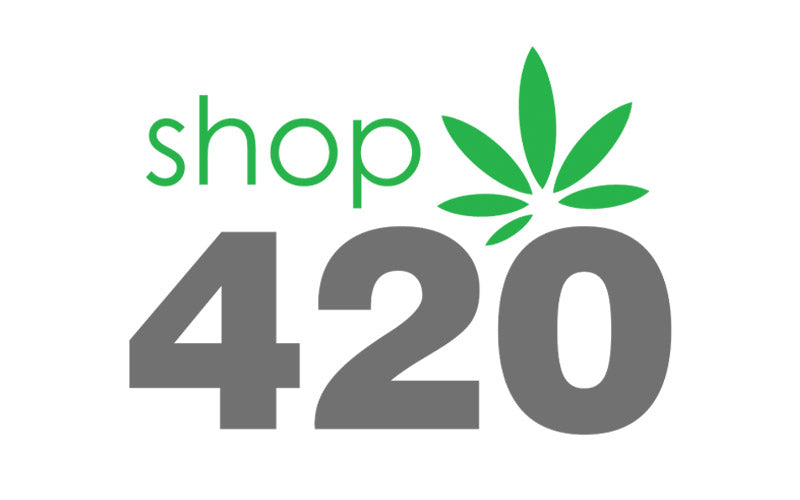
Popcorn Lung and Vaping: Myth or Fact?
Popcorn Lung and Vaping: Myth or Fact? Let's Clear the Air
Picture this: You're lounging on the couch, firing up your vape for a smooth, buttery hit of caramel custard flavour. Suddenly, a headline screams, "Vaping Gives You Popcorn Lung!" Cue the panic—images of microwave snack factories and scarred lungs flood your mind. But hold onto your coils, friends. Is this a legit scare, or just another cloud of misinformation? Team Barista is digging into the facts, here to puff away the hype and get to the truth. Spoiler: It's mostly myth, but let's break it down step by step.
First Off: What Is Popcorn Lung, Anyway?
"Popcorn lung" is the catchy (and kinda gross) nickname for bronchiolitis obliterans, a rare, irreversible lung disease that scars the tiny airways, making breathing feel like sucking air through a straw. It got its name from the 2000s outbreak among microwave popcorn factory workers exposed to massive doses of diacetyl. This chemical gives that fake-buttery taste to everything from movie theatre kernels to creamy e-juice flavours. High, repeated inhalation? Bad news. But here's the kicker: It's extremely rare outside industrial settings.
The Vaping Twist: Diacetyl Drama Hits the Headlines
Fast-forward to the vaping boom. Early studies in 2014 and 2015 identified diacetyl in some e-liquids, particularly those with a buttery flavour. Alarm bells rang—could vapers be the next popcorn packers? Anti-vaping crusaders latched on, warning of an epidemic. Groups like the Canadian Lung Association still echo this, claiming flavoured vapes pose a "dangerous risk." Fair enough; inhaling anything isn't risk-free. But does the evidence hold up?
Busting the Myth: No Puffs, No Proof
Buckle up—science says this fear is about as real as a dry hit on a full tank. No confirmed cases of popcorn lung have ever been linked to vaping. None. Zilch. In Canada, Health Canada explicitly states: "Vaping is not known to cause Popcorn lung," and "there have been no confirmed cases of popcorn lung disease as a result of vaping." They've tested over 800 e-liquids and found diacetyl in just two—and at trace levels.
Vaping advocate Grimm Green hammers this home in his viral rants: "No vaper in the history of vaping, and no smoker in the history of smoking has ever contracted popcorn lung." He's spot-on—cigarettes pack way more diacetyl (up to 336 micrograms per cig) than early vapes ever did (about 9 micrograms per cartridge). And guess what? Smokers don't get popcorn lung either. A study of factory workers even showed smokers had fewer signs of it than non-smokers.
Rights4Vapers.com calls it straight: "Myth: Vaping gives you popcorn lung. No confirmed cases in Canada. Ever." The UK's Health Security Agency agrees—diacetyl's banned in e-liquids there, and levels were always hundreds of times lower than in cigs anyway. A 2021 analysis? Diacetyl in zero post-2018 vapes out of 825 tested. With millions vaping worldwide for over a decade, you'd think we'd see an outbreak. Crickets.
Even the Canadian Medical Association Journal notes that it was "debunked years ago," tied to acute factory exposure, not casual puffing.
But Wait—Are There Any Real Risks?
The real villain in lung scares? Vitamin E acetate in sketchy THC carts during the 2019 EVALI outbreak—not flavours. Stick to regulated products, and you're golden. Johns Hopkins warns diacetyl could inflame airways at high doses, but that's theoretical—no popcorn scars in sight.
Verdict: Myth, with a Side of Caution
Popcorn lung from vaping? Total myth—fueled by outdated data and fearmongering. Industry cleanups and bans have long since nixed the diacetyl drama. As Grimm Green quips, it's "the never-ending popcorn lung myth" that won't die. Vape smart: Choose quality juices, support transparency, and remember—switching from cigarettes saves lives.
Got questions? Team Barista is always ready to keep you informed!
Sources: Health Canada (2025), Rights4Vapers (2025), Grimm Green (2025), Reason Foundation (2023), UKHSA (2018).













